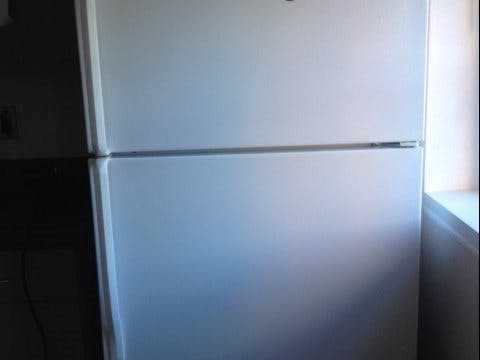This project was intended to create a smart grocery list connected to the IoT by using a sensor to determine if the item for which the sensor is designed is there or not. Then, you would be notified via notification that the item is missing and it will be automatically added to a Google Sheets grocery list. This is done using a photoresistor to detect light levels inside the fridge which lets the one Photon know when the door is opened or closed. After the door has been closed, This triggers the other Photon setup, and then, after a delay, the LEDs (on-board and external) are turned on and then a reading of the photoresistor is taken. The returned value can be interpreted to determine whether the item, Milk in this case, is there or not. If it is there, the reading will be higher due to the light reflected off of the container. The code was setup to where it would not publish repeated events, therefore you would not get an event saying that the milk was not there again until you replaced the milk. An IFTTT applet was set up to publish a line to a Google Sheets spreadsheet (shown below) every time and event was published saying that the milk was not there, as well as sending a notification to my phone.
DemonstrationSmart Grocery List
Every get to the store and then wonder if you have any milk? With the Smart Grocery List, this wont be a problem any longer.

About
Video
Read moreThis is a close up of the photoresistor setup used on both Particles.
Thingspeak graph of the photoresistor output from the door sensor.
Thingspeak graph of whether the milk is present or not(1 being yes, 0 being no).
IFTTT applet to publish to Google doc every time the desired event was published.
Google Sheets spreadsheet showing the Item needed and date and time that it was published as missing.
















Comments